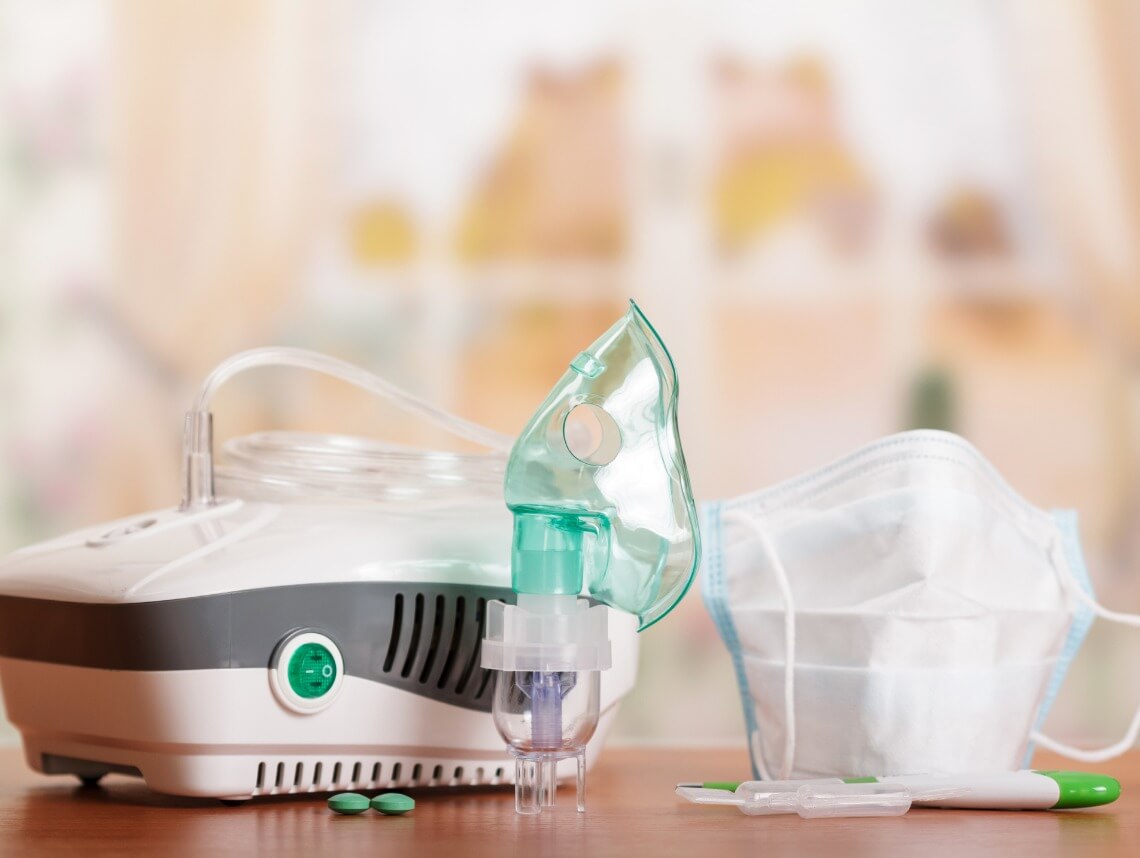Some of the worst news a parent can get is a medical diagnosis for their children. With that, the need for oxygen therapy can be worrisome. However, keep in mind that sometimes, oxygen therapy is only needed temporarily.
It’s also good to know that it is relatively easy to administer oxygen therapy. Since conditions and treatments can vary greatly from child to child, it’s crucial to follow your pediatrician’s care recommendations. Administering more oxygen than what’s needed could result in additional medical issues or prolonged hospitalization.
What is oxygen therapy?
Oxygen is essential to life. That’s common knowledge. However, due to certain medical conditions, a patient may not be able to get enough oxygen naturally. Oxygen therapy, therefore, is a method to assist a patient in getting enough oxygen into their lungs or bloodstream. It’s provided to children and infants who have heart or lung conditions, such as:
- Cystic fibrosis
- Chronic lung disease
- Asthma
- Sleep apnea
- Bronchopulmonary dysplasia
- Hypoxemia
- COPD (Chronic Obstructive Pulmonary Disease)
- Heart failure
- Pneumonia
How much oxygen a child needs depends on his or her medical condition.
Doctors test the amount of oxygen in the arterial blood. Another way to check is using a pulse oximeter that individually measures the oxygen levels or saturation.
Some children only need it during strenuous physical activity or maybe while they’re sleeping, while others need it on a more regular basis.
Types of Oxygen Therapy and Delivery Systems
There are different types of oxygen therapy and delivery systems:
- Oxygen gas
- Liquid oxygen
- Hyperbaric oxygen
- Oxygen concentrators
- Non-rebreather mask
- Incubator for infants
- Continuous positive airway pressure (CPAP)
There are also portable systems designed to help the patient maintain a better quality of life.
Risks of Oxygen Therapy
One of the most important things for the caregiver to keep in mind is that administered incorrectly, oxygen therapy can irritate or dry out the child’s respiratory tract. The best way to prevent this is to humidify the oxygen properly. In addition to dryness, the following are some of the most common risks associated with oxygen therapy:
- Irritation of nasal passage. The same way oxygen can dry out the patient’s respiratory tract, their nasal passage can become irritated. To avoid this, be mindful of lubricating the child’s skin with products such as AYR Saline Nasal Mist or AYR Nasal Gel.
- Oxygen toxicity. Being exposed to high concentrations of oxygen in a short period of time can result in oxygen toxicity. For newborn babies, it can even result in blindness. One of the signs of this condition is twitching around the mouth and small hand muscles.
- Fire hazard. This should go without saying, but under no circumstances should a person smoke around a child or anyone who’s receiving oxygen therapy. Also, keep all oxygen therapy canisters and equipment away from open flames, heaters, and stoves. Additionally, store canisters in areas where air moves freely around the tank.
Contact Care Options for Kids for Pediatric Home Care Services
If your child needs oxygen therapy, we can help you. At Care Options for Kids, we have an entire team of experienced caregivers who will ensure your child’s wellbeing.
If you are considering pediatric home health care services, contact the caring staff at Care Options for Kids. Call today at (888) 592-5855.






